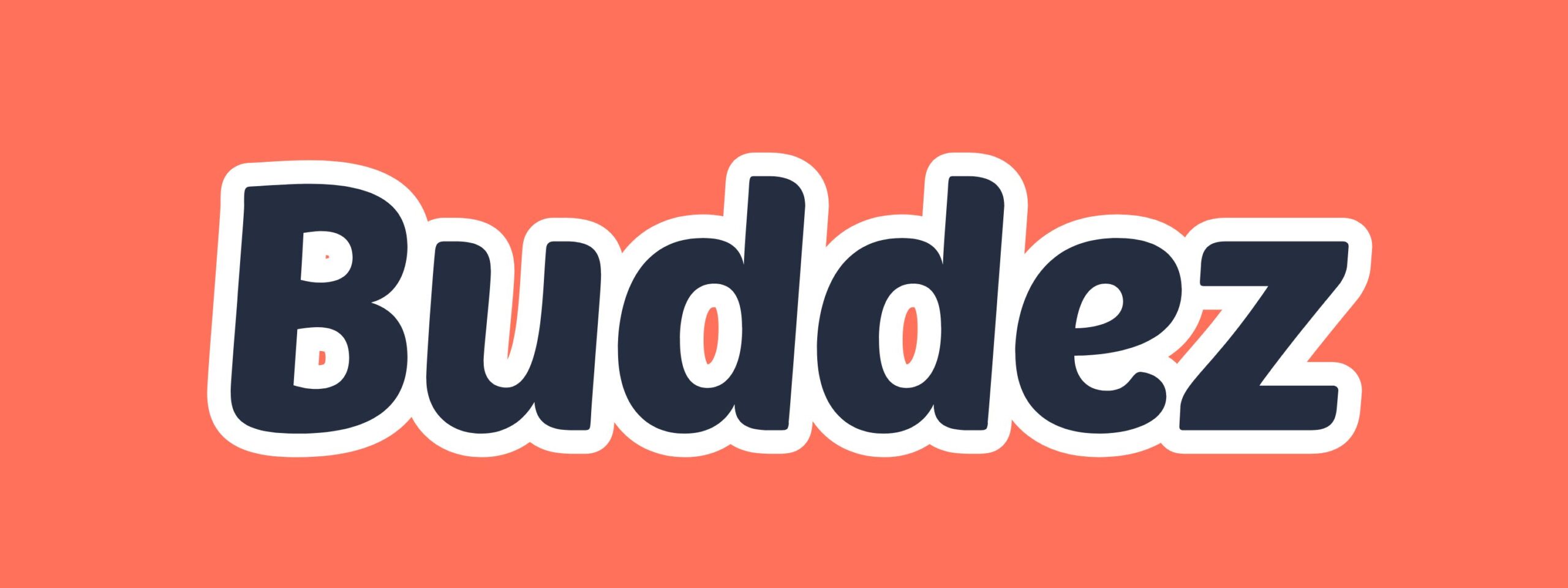If your stock is currently taking over your spare room, your garage, or your sanity – you’re experiencing what many eCommerce business owners deal with. At some point, every eCommerce business outgrows the packing-tape-on-the-living-room-floor phase.
But when do you know it’s time to outsource your warehousing and fulfilment? And how do you actually do that without it all falling apart?
We sat down with Perry Murace, co-founder of Motive 3PL, to unpack the move from DIY to third-party logistics – and how small business owners can set themselves up for a smoother (and saner) next step.
“It’s like giving away your baby.” Perry notes. “You’ve built this thing from scratch, and letting go of part of it feels big. But we see ourselves as an extension of your business. We take it seriously.”
Let’s break down what to consider before you make the leap.
How to get started with a 3PL
The tipping point: when your business outgrows your space
If you’re finding yourself buried under stock or waking up at 2am to check whether an order got packed – it might be time.
Perry and his team work with small businesses right at this tipping point. Often, it starts with a simple realisation: ‘We can’t manage fulfillment and grow the business at the same time.’
“We love working with brands that are still early in their eCommerce journey. If you’re in your garage or spare room and can’t keep up, that’s a sign”, Perry acknowledges.
While every business is different, here are a few signs you might be ready to explore 3PL:
- You’re missing sales because you’re constantly packing orders
- Your home is turning into a stockroom
- You need faster shipping, better packaging, or room to scale
- Your unboxing experience isn’t what you want it to be
What a good 3PL partner actually does
Spoiler: it’s not just about slinging boxes into a van.
A good 3PL handles:
- Receiving stock (and checking it for blemishes or errors)
- Inventory management (with full visibility via software like CartonCloud)
- Packing and dispatch (including branded and influencer kits)
- Shipping (with better rates than you can probably get on your own)
“Most of our customers have never worked with a 3PL before. We guide them through the whole process. It’s more educational than people realise.” Perry adds.
Perry’s team also works with each client on how they want their customers to feel when they open a parcel – because the unboxing moment can make or break a brand.
“We ask every new client: how do you want your customer to experience your product? Then we build the fulfilment process around that.”
How to know which 3PL to trust
It’s not just about cost – it’s about care
Yes, 3PL can save you money in the long run. You get access to better shipping rates and efficiencies in time, space and packaging. But it’s also about choosing the right kind of support.
“Some cheap 3PLs will sting you with fine print charges or force you into rigid systems. We flip that. We ask what the brand wants, and we tailor the experience around that.” Perry notes.
This matters when:
-
You’ve got influencer packages that need extra polish
-
You want to reduce cubic weight costs (not just shipping by size)
-
You want to manage returns, bundles or product changes easily
-
You care about how your brand shows up at the customer’s doorstep
Letting go isn’t easy – but it’s a growth move
One of the hardest parts of moving to a 3PL is letting go of control. Perry gets it. He’s built eCommerce brands himself, and knows how personal the process is.
“You’re not just outsourcing logistics. You’re trusting someone with your reputation. We’re that invisible hand between you and your customer, so we treat every parcel like it’s our own.”
If you’re not quite ready yet, that’s okay too. But don’t wait until you’re burnt out or backed up with returns. The best time to explore your options is before things break.
Want more from Perry?
Join the Buddez community to access Perry’s full workshop and get practical guidance on scaling your eCommerce operations with confidence.


